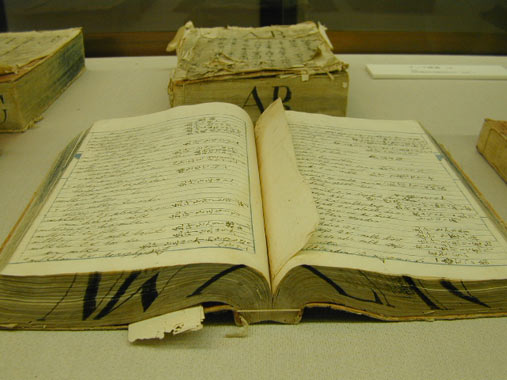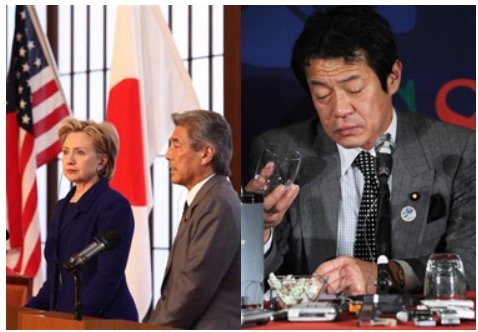I write a lot about Japanese history because it’s an interesting way to get a feel for how unique the country is. I’m particularly interested in the “firsts,” like my recent post about the first beer brewed in Japan, which formed the foundation for the Kirin Brewery Company. The other day I wrote about how Japan had enjoyed a special relationship with The Netherlands throughout the Edo Period, and in fact referred to the study of all Western language, medicine and technology as Rangaku, literally meaning Dutch Studies. But fifty years before Admiral Perry would force Japan to open its doors to trade with the rest of the world, a Dutch translator in Nagasaki named Shosaemon borrowed a Dutch-English dictionary from a trader and created the first Japanese-English dictionary, which was completed in 1810. It was called the Angelia Gorin Taisei, or Great English Vocabulary Book, and it was used by Yukichi Fukuzawa, one of the fore-fathers of modern day Japan and the guy on the 10,000 yen note, when he made his historic fact-finding missions to America and Europe to explore how Japan should approach modernization.

A really, really old dictionary. It blows the mind.















